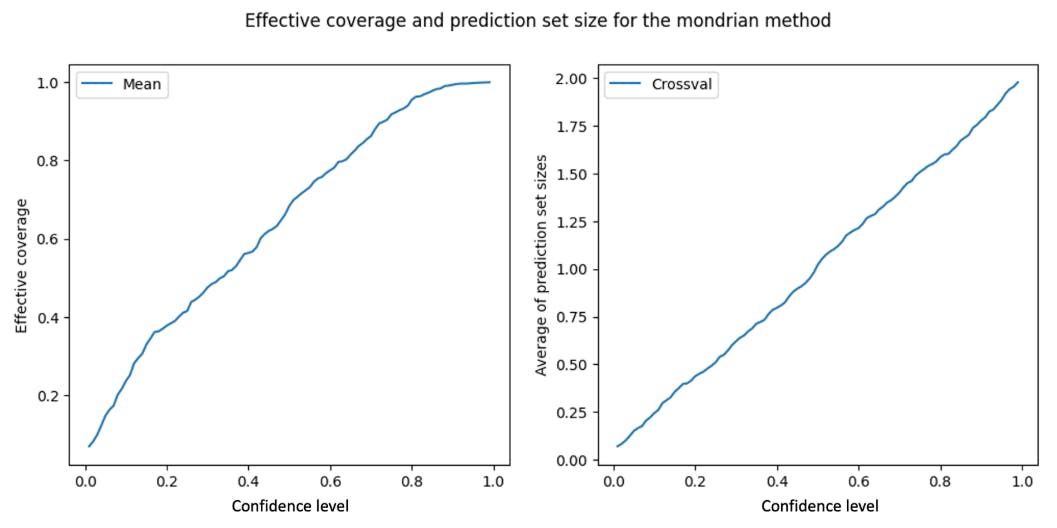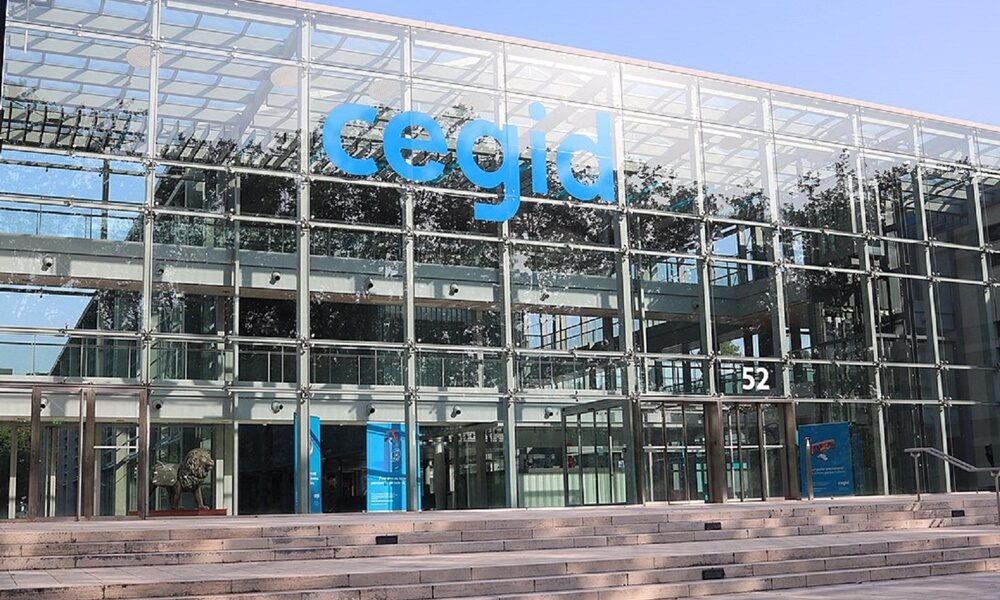Veeam Software has manifestedafter comparing regional data from its Ransomware Trends Reports from past years, which explore long-term trends in ransomware and data resilience in EMEA, which the number of organizations in the area that paid ransomware ransoms has reduced by 22%.
This does not mean, according to the company, that organizations necessarily face fewer attacks. But improvements are emerging in EMEA in terms of data resilience capabilities. In addition, there is also a change in attitude towards negotiating with attackers.
When comparing figures, it is evident that companies are increasingly able to recover data without paying ransoms. In 2023, 14% recovered data without paying a ransom, while in 2024, this percentage increased to 30%.
Additionally, there is a growing feeling that paying ransoms does not guarantee data recovery. In 2023, 54% of EMEA organizations that paid ransoms were able to recover their data, but in 2024 this figure dropped significantly to just 32%.
With several EU regulations coming into force aimed at increasing organisations’ data resilience, such as NIS2 and DORA for financial services, organizations are taking steps to better prepare for ransomware attacks.
In 2024, only 37% of EMEA organizations had alternative infrastructure in place, meaning 63% still lacked such plans. This means that in the event of a network-wide attack, without alternative infrastructure these organizations will not be able to recover until the primary network is declared clean, which in many cases could take several weeks.
In any industry, a complete shutdown of operations for several weeks is a disaster, both in reputational and financial terms. And according to recent research, business interruptions could cost more than a million euros per hour of downtime, depending on the size of the company, costs that few can afford to assume.
Organizations’ standards for data resilience are constantly improving. In parallel, punitive measures by responsible institutions, such as the dismantling of Lockbit, are also disrupting ransomware attacks at their roots. But organizations must prioritize implementing key data resilience measures, such as alternative infrastructures and secure backups, to achieve true resilience.
Tim Pfaelzer, Senior Vice President and General Manager EMEA, Veeamhas stated that «this Clearly, organizations have placed recovery at the center of their data resilience strategy, rather than relying on ransom payments, which is certainly a step in the right direction. But there is still much to do. Regulation may have raised levels of data resilience, but organizations need to take it a step further. They should focus on improving basic data resilience with alternative infrastructures and robust backups to completely eliminate the need to pay ransoms. “In this way, they will be able to drive lasting and effective improvements in the resilience of their data.”











